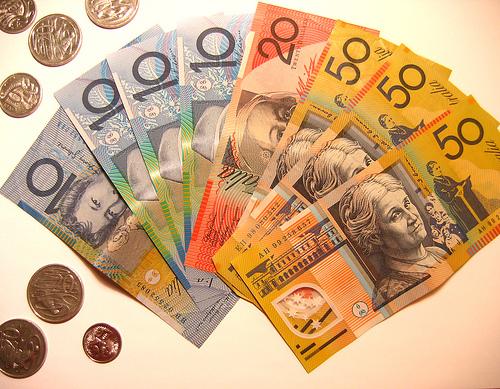 The U.S. dollar fell to a five-month low against the yen on Tuesday, pressured by lingering concerns over a global economic slowdown and increased expectations for an interest rate hike by the Federal Reserve. On Tuesday the Reserve Bank of Australia, the country’s central bank, cut its main cash rate a quarter of a percentage point to a record low of 1.25 percent, a move that confirms weakness in the country’s economic growth and inflation rates. The rate cut in Australia was the first of its kind since mid-2016 but was widely expected by analysts polled by Reuters.
The U.S. dollar fell to a five-month low against the yen on Tuesday, pressured by lingering concerns over a global economic slowdown and increased expectations for an interest rate hike by the Federal Reserve. On Tuesday the Reserve Bank of Australia, the country’s central bank, cut its main cash rate a quarter of a percentage point to a record low of 1.25 percent, a move that confirms weakness in the country’s economic growth and inflation rates. The rate cut in Australia was the first of its kind since mid-2016 but was widely expected by analysts polled by Reuters.
St. Louis Federal Reserve President James Bullard commented that a rate hike in the U.S. “may be warranted soon” owing to the country’s own weak inflation rate and the risks to the U.S. economy due to the prolonged trade tension between the U.S. and two of its primary trading partners, China and Mexico.
The greenback slipped to 107.96 yen as of 12:49 p.m. HK/SIN, a 0.09 percent decline. It was also lower against the British pound and the euro. The sterling gained 0.02 percent against the dollar to trade at $1.2666 and the euro was at $1.1249, a 0.08 percent rise. The dollar was flat against the Australian dollar despite the news from down under.
Weak data out of India also increased concerns that the country’s central bank would cut benchmark interest rates this week, but analysts have called on the Reserve Bank of India not only to cut rates but to increase banks’ liquidity as well so that they can comfortably reduce their lending rates as well. The bank’s monetary policy committee (MPC) will finish its policy meeting on Thursday and will announce its decision at that time. India’s central bank cut its rates in April but has remained in its “neutral” policy stance even as traders hoped for a change to an “accommodative” stance to hint that additional moves are on the way to bolster the country’s economy. Data released in India on Friday showed the country’s annual economic growth at a rate of 5.8 percent, a steep decline from the 6.6 percent growth rate seen in the prior quarter.
